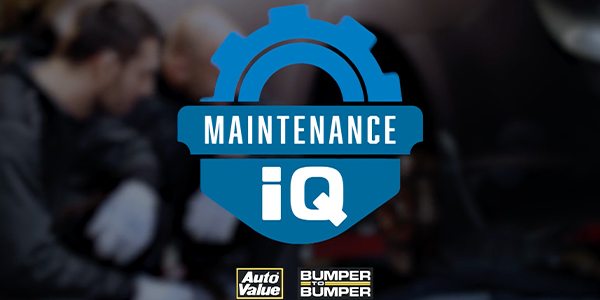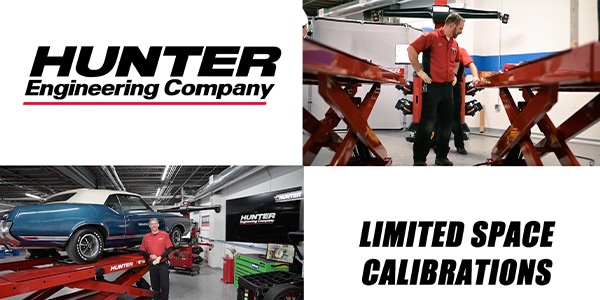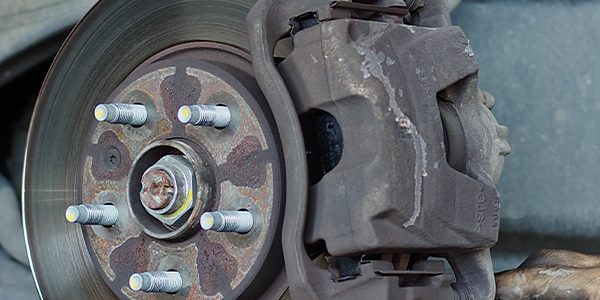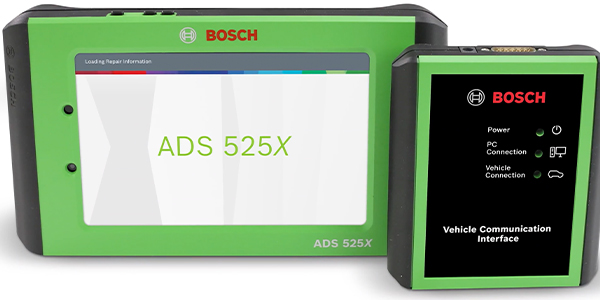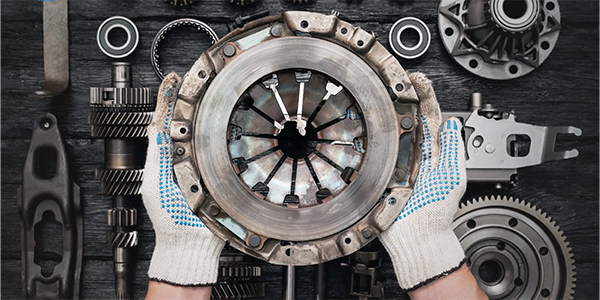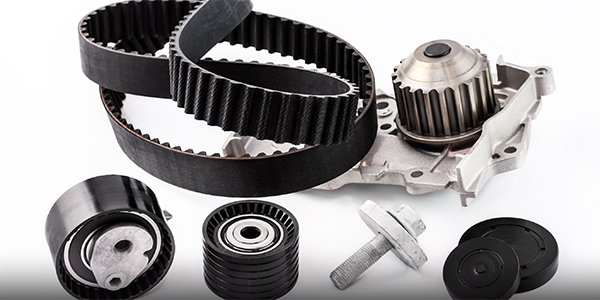From the outside, one oil filter may look just like the next, so you might be tempted to install any oil filter that fits your customer’s car – you may be surprised how dangerous that plan can be.
The fact is, despite the similarities in outward appearance, oil filters are designed specifically for particulate removal efficiency and dirt-holding capacity. Conventional filter media is unlikely to be up to the task of today’s higher performing vehicles.
Robust compact synthetic fiber media filters have improved mechanical strength and provide excellent water, chemical and temperature resistance. Full synthetic media oil filters not only catch and remove even the smallest particulates, but also better withstand complex chemical reactions between fuel components, combustion products and oil that cause filter aging.
Water in engine oil is a common, often unavoidable occurrence. Compressed natural gas, ethanol, short driving distances, start-stop systems, water injection and environmental factors all contribute towards water content. In instances where the engine isn’t heated up enough to vaporize water, the water content in oil can reach up to five percent. Combining with contaminants and combustion byproducts, this residual water creates a sludge that coats filter fibers and raises differential pressure. This process increases the total acid number of the oil, which begins to attack filter media. However, these effects are much less severe on hydrophobic synthetic media filters and their supporting grids.
The compact synthetic filter media structure also helps to decrease differential pressure. Lowering that pressure greatly reduces that amount of time the filter bypass valve needs to be open. During cold start situations, the bypass valve decreases pressure to allow oil to flow freely – though unfiltered – to the engine oil galleries.
In collaboration with OE partners and owner MANN+HUMMEL, a leading German filter manufacturer to the OEM/OES market, Purolator has developed environmental, mechanical and filtration performance tests designed to measure the direct influence of temperature, water, contaminants and pressure on oil filter media. Through these tests, Purolator has determined that the addition of synthetic PET fibers in oil filter media offers significant mechanical strength and chemical resistance over conventional cellulose oil filter medias for greater filtration performance.
You shouldn’t judge a book by its cover – and you shouldn’t pick an oil filter by how it looks on the outside.
This video is sponsored by Purolator.


